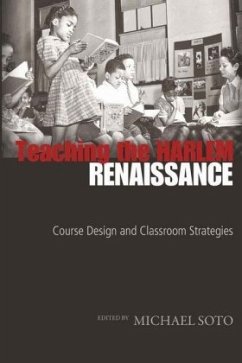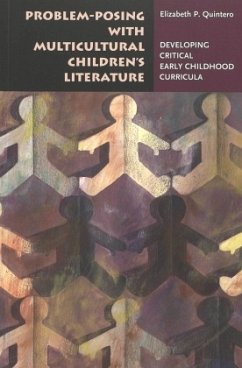
African and African American Children's and Adolescent Literature in the Classroom
A Critical Guide
Herausgegeben: Yenika-Agbaw, Vivian; Napoli, Mary
Versandkostenfrei!
Versandfertig in 6-10 Tagen
137,35 €
inkl. MwSt.

PAYBACK Punkte
0 °P sammeln!
The essays in this collection discuss multicultural issues in children's and adolescent literature, focusing particularly on African and African American cultures. They challenge our understanding of what, in an age of globalization, multicultural texts really are. Cumulatively, these essays illustrate multicultural literature's power to educate young readers about the numerous and varied perspectives on their own cultures and roles in society, as well as those of other cultures. The scholarship presented here makes it clear that not only should multicultural literature be integrated within th...
The essays in this collection discuss multicultural issues in children's and adolescent literature, focusing particularly on African and African American cultures. They challenge our understanding of what, in an age of globalization, multicultural texts really are. Cumulatively, these essays illustrate multicultural literature's power to educate young readers about the numerous and varied perspectives on their own cultures and roles in society, as well as those of other cultures. The scholarship presented here makes it clear that not only should multicultural literature be integrated within the school curriculum, but that it can be examined to reveal subtle cultural nuances that show how cultures, customs, and people may be at once similar and different.












